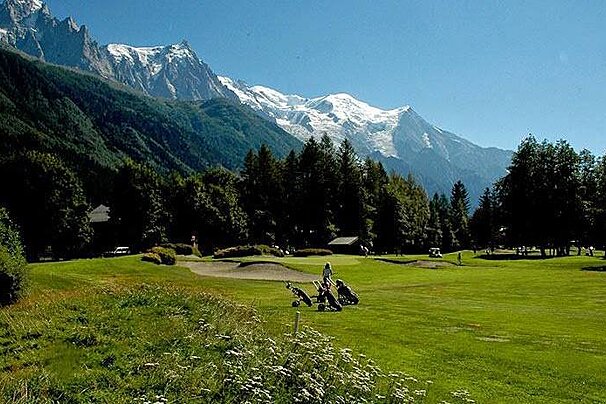The main draw for people coming to Chamonix in winter is, of course, skiing and snowboarding. However, there’s other activities to do in Chamonix in the summer.
Whether you're just looking for something to do when the lifts close or you simply don't ski, we promise you, you'll have no time to get bored here!
With five different parts of the valley to ski in, and a wealth of off-piste areas, the valley has something for every level of experience. There are around 150km of piste, 65 ski lifts, the pisted terrain ranges in altitude from 950m to 3,300m and not forgetting the world famous Vallée Blanche descent - a 20km long route that takes you from the Aiguille du Midi down 2,700m to town.
What to do in Chamonix?
Chamonix is an outdoor activities paradise. The Alpine town and its surrounding mountains offer hundreds of things to do for every ability and every age.
Some activities are perfect for solo travellers while others are more suited to romantic couples. Families and groups will also find a wide range of things to do in Chamonix.
From relaxing to full on adrenaline, from child friendly to adults only, from outdoor fun to bad weather indoor activities, there is something for everyone in Chamonix.
Activities Guest Card
The Chamonix guest card ('carte d'hôte') is valid throughout the year (for the duration of your stay) and entitles you to various discounts throughout the valley, such as reductions at all the sports and cultural facilities including the swimming pool, ice rink, museums and covered parking.
If you do not receive one when you check into your accommodation, you can buy one from any of the tourist offices in the valley. You can find out more about the various advantages it offers from the tourist office website.




















































































